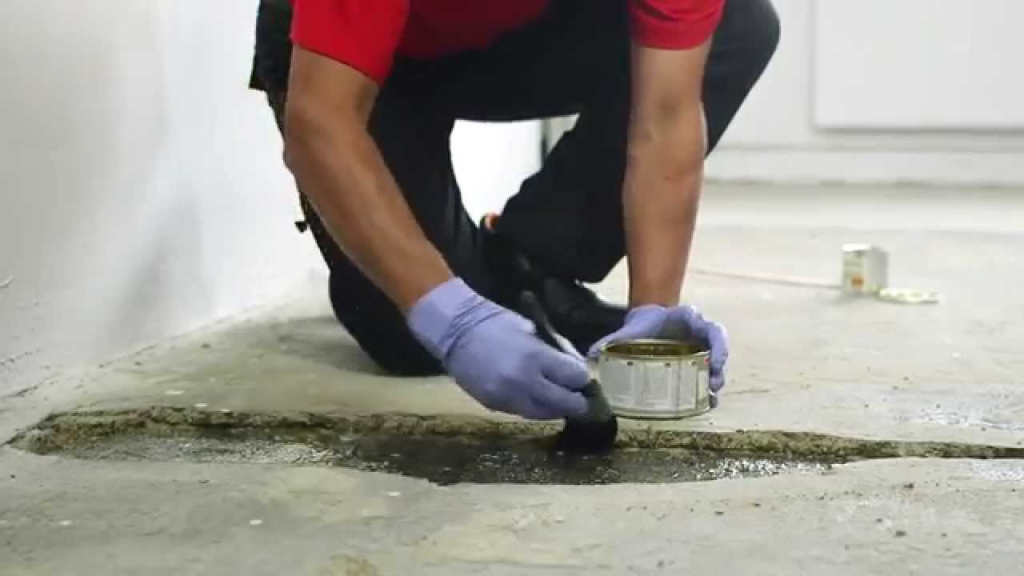Introduction
Your garage floor endures heavy use and is prone to damage over time. Cracks, stains, and other imperfections not only detract from the overall appearance of your garage but also pose safety risks. Fortunately, with the right tools and techniques, you can bid farewell to unsightly imperfections and restore your garage floor to its former glory. In this ultimate guide, we will walk you through the steps necessary for a successful garage floor repair. Get ready to transform your garage into a clean, functional, and visually appealing space.
Assessing the Damage
The first step in any garage floor repair project is to assess the extent of the damage. Inspect your floor for cracks, chips, pitting, or any other issues that require attention. Take note of the size, depth, and location of each imperfection as this information will guide you in choosing the appropriate repair methods and materials.
Cleaning and Preparation
Before you can begin the repair process, it’s crucial to clean and prepare the surface of your garage floor. Remove any dirt, debris, or loose material using a broom, vacuum, or pressure washer. For stubborn stains, consider using a concrete cleaner or degreaser. Ensure that the surface is thoroughly dry before proceeding to the next step.

Choosing the Right Repair Method
Depending on the nature and severity of the damage, there are various repair methods to consider:
Crack Repair
For minor cracks, use a concrete crack filler or epoxy resin. Apply the filler into the crack, ensuring it penetrates deep and fills the entire void. Smooth the surface with a putty knife or trowel and allow it to dry completely. For larger cracks, you may need to use a concrete patching compound, following the manufacturer’s instructions.
Pitting and Spalling Repair
If your garage floor has pitting or spalling, a resurfacing or overlay system may be required. These systems involve applying a thin layer of cementitious material or a polymer-modified overlay to restore the surface. Follow the specific instructions provided by the product manufacturer for optimal results.
Applying the Repair Materials
Once you’ve selected the appropriate repair method, it’s time to apply the materials:
- Prepare the repair compound according to the manufacturer’s instructions, ensuring the correct mixing ratios.
- Apply the compound to the damaged areas, using a trowel or putty knife. Fill the voids completely, and smooth the surface to achieve a level finish.
- Allow the repair material to cure according to the manufacturer’s guidelines. This may involve a specific drying time or the use of curing agents.
Finishing Touches
After the repair material has fully cured, it’s time to put the finishing touches on your garage floor:
- Sand down any rough areas or excess repair material using sandpaper or a concrete grinder.
- Clean the entire surface to remove any dust or debris.
- Consider applying a concrete sealer or epoxy coating to protect the repaired areas and enhance the overall durability and appearance of your garage floor.
Maintenance and Preventive Measures
To ensure the longevity of your garage floor, it’s important to practice regular maintenance and take preventive measures:
- Keep the floor clean by sweeping or vacuuming regularly.
- Avoid using harsh chemicals or abrasive cleaners that can damage the surface.
- Place floor mats or protective pads in high-traffic areas to minimize wear and tear.
- Consider applying a fresh coat of sealer every few years to maintain the floor’s resilience.
Conclusion
With the ultimate garage floor repair guide at your disposal, you now have the knowledge and tools to tackle any imperfections in your garage floor. By assessing the damage, selecting the right repair method, and applying the appropriate materials, you can bid farewell to unsightly cracks and stains. Remember to follow proper cleaning and maintenance practices to keep your garage floor in top shape for years to come. Now, it’s time to roll up your sleeves and transform your garage into a space that exudes cleanliness, functionality, and visual appeal.